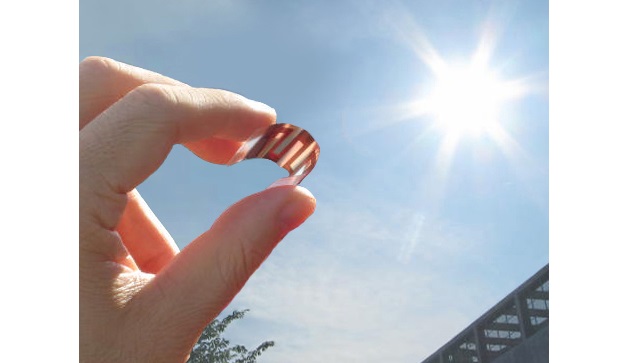
Researchers develop method to screen organic materials for organic photovoltaic cells by charge formation efficiency. Image courtesy: Yutaka Morimoto/University of Tsukuba
Organic photovoltaic cells hold great promise for conversion of energy. They are flexible and can be produced at low cost, which make them attractive for various applications.
However, their power conversion process is complex, which has been detrimental to their wide adoption.
Researchers from Japan’s University of Tsukuba and the National Institute for Materials Science have developed a novel method for ascertaining the value of charge formation efficiency by combining two techniques - photo-induced spectroscopy and electrochemical spectroscopy.
Absorption changes that occur after femtosecond photo-pulse excitation can be determined using photo-induced spectroscopy, while absorption changes that occur due to charge injection can be determined using electrochemical spectroscopy.
The researchers discovered that in organic photovoltaic devices the charge formation process was quantum mechanical. The charges in such devices, both positive and negative, are bound together as an exciton.
Earlier, without the thermal activation process, this attraction by an electrostatic Coulomb force was considered to be difficult. The present research found that the high charge formation efficiency achieved at low temperatures could be explained theoretically.
This study will help screen organic materials using charge formation efficiency to determine their suitability for organic photovoltaic devices.
Professor Yutaka Moritomo of the Institute of Materials Science at the University of Tsukuba stated that the researchers were analyzing the relation between the structure of the organic photovoltaic devices on a nanoscale level and the charge formation efficiency in order to ascertain how charge formation works.
The researchers have reported their novel method in the Applied Physics Letters.